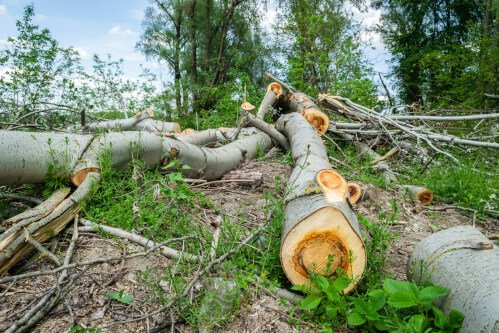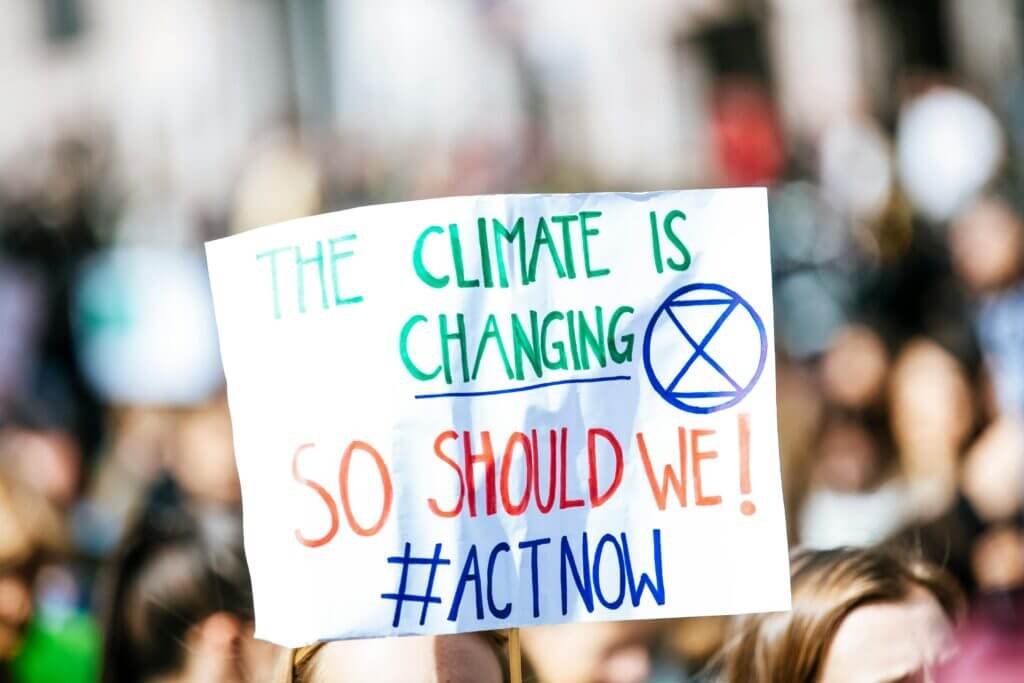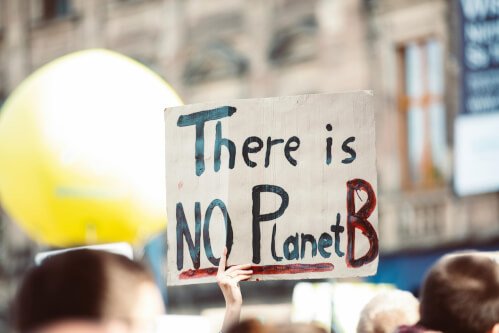The summer of 2025 is shaping up to be one of the hottest and most climate-volatile seasons on record. Across the United States and beyond, temperatures are breaking historical highs, and extreme weather events like wildfires, hurricanes, and flooding are becoming increasingly frequent. Scientists agree: these are not isolated incidents but part of a larger, disturbing trend—global climate change. This article explores what’s behind these extremes, their real-world impacts, and most importantly, how individuals, families, and communities can stay safe and adapt.
What Is Causing the Increase in Extreme Weather ?
The main driver of extreme weather events is global warming, caused primarily by human activities such as burning fossil fuels, deforestation, and industrial emissions. These actions release vast amounts of greenhouse gases like carbon dioxide and methane into the atmosphere, trapping heat and altering the Earth’s climate systems.
As global temperatures rise:
- Heatwaves become more frequent and severe especially.
- Warmer oceans fuel stronger hurricanes and tropical storms.
- Dry conditions lead to more wildfires.
- Polar ice melts, contributing to rising sea levels and coastal flooding.
- Protect yourself from the dangers of heatwaves.
The Intergovernmental Panel on Climate Change (IPCC) confirms that without significant reductions in emissions, these extreme events will only intensify.


Summer of 2025 heatwaves: A Snapshot of Climate Extremes
So far in 2025, the U.S. has experienced:
- A record-breaking heatwave in the Southwest, with temperatures exceeding 115°F in parts of Arizona and Nevada.
- Flash floods in Texas and the Midwest following sudden storms.
- Early-season wildfires in California, worsened by ongoing drought conditions.
- An above-average Atlantic hurricane season, according to NOAA forecasts.
These extremes are not just environmental issues—they pose significant health, economic, and infrastructure risks.


Health Risks of Heatwaves
Heatwaves are among the most deadly weather phenomena, especially for vulnerable populations such as the elderly, children, and those with preexisting conditions. Common heat-related illnesses include:
- Heat exhaustion
- Heat stroke (a medical emergency)
- Dehydration and electrolyte imbalance
Hospitals across the U.S. have reported an uptick in heat-related ER visits in June 2025, with cities like Phoenix and Las Vegas issuing “stay indoors” alerts.


Economic and Social Impact
Extreme weather events come with a high price tag:
- Wildfires have already caused billions in property damage.
- Flooding has destroyed homes, closed businesses, and disrupted supply chains.
- Agricultural losses due to drought are raising food prices nationwide.
Insurance companies are also increasing premiums or refusing to cover properties in high-risk areas like coastal Florida or wildfire-prone California.
Socially, the burden often falls hardest on low-income communities, who may lack access to air conditioning, emergency shelters, or transportation during evacuations.


How to Stay Safe During a Heatwave or Extreme Weather Event
Preparation is key. Here’s how to stay safe and ready:
🔥 Heatwave Safety Tips:
- Stay indoors during peak heat hours (11 a.m. to 4 p.m.)
- Use fans or air conditioning; visit public cooling centers if needed
- Drink water frequently—avoid caffeine and alcohol
- Wear light-colored, loose clothing
- Check on elderly neighbors or those with health conditions
🌪️ General Disaster Preparedness:
- Have an emergency kit: water, non-perishable food, flashlight, batteries, medications
- Keep important documents in waterproof bags
- Know your local evacuation routes and shelters
- Sign up for local emergency alerts
- Create a family communication plan


Climate Adaptation vs. Climate Mitigation: What’s the Difference?
While mitigation involves reducing emissions to slow down climate change, adaptation focuses on adjusting to its effects. this Summer both are crucial.
Governments are investing in:
- Climate-resilient infrastructure (e.g., flood barriers, heat-resistant roads)
- Forest management to reduce wildfire risk
- Early-warning systems for severe weather
On an individual level, you can adapt by:
- Installing solar panels or cool roofs
- Planting drought-resistant landscaping
- Using energy-efficient appliances
Read Home comfort and wellness | Stress During Pandemic Lock Down
What Can Individuals Do to Fight Climate Change ?
While systemic change is essential, individual action still matters:
- Reduce your carbon footprint this : walk, bike, or use public transit.
- Eat more plant-based meals: livestock production is a major emitter.
- Use less plastic and conserve water
- Support green policies and vote for climate-conscious leaders.
- Educate others about the science and urgency of climate change.
How Climate Education Helps Build Resilience
Awareness is the first step toward action. Schools, communities, and online platforms are now offering free climate literacy programs, helping people understand the science and how it affects their daily lives.
The Role of Technology in Combating Climate Change increasing
Advancements in AI, renewable energy, and climate modeling are aiding the fight. In 2025:
- AI is being used to predict wildfire paths and flood risks.
- Solar and wind energy adoption continues to rise.
- Smart thermostats and energy monitors reduce electricity use.
Innovations in carbon capture and sustainable farming are also gaining traction.


Conclusion and measures to be taken : Adapting for Survival, Acting for the Future
Climate change is no longer a distant threat—it’s here, and it’s reshaping our world. The extreme weather events are a stark reminder of the urgency to act. By preparing our homes, protecting our health, and advocating for a sustainable future, we can adapt to today’s realities while working to prevent worse outcomes tomorrow.
Let this summer be a turning point—not just a season of survival, but one of smart action.
Read : LOW CARB FOODS WITH HIGH PROTEIN | YOGA POSES FOR BEGINNERS | A BEGINNER’S GUIDE | What Is Depression? | How Can You Make Your Life Beautiful?